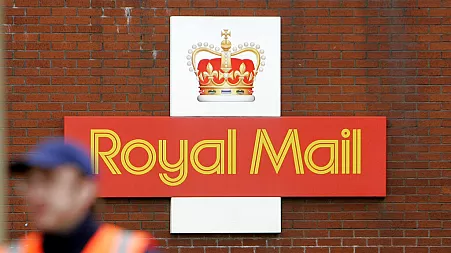As Europe is rocked by political turmoil, Britain’s would-be first female chancellor is seeking to transform the UK into an island of stability.
With her hands on the public purse, Rachel Reeves wants to use her position to create the most “pro-growth” Treasury in British history.
Since the end of 2019, the UK’s economy has grown by just 1.8pc, putting it sixth among the G7 group of rich nations with only Germany performing worse.
This will be tough to change. Economies are not merely at the beck and call of politicians and it is not easy to turn around a long-term trend.
These charts show why Reeves has a mountain to climb if she wants to power up Britain’s economic performance.
While GDP has been particularly lacklustre since the pandemic hit, Britain’s growth was mediocre before lockdown too. Meanwhile, when it comes to any growth in living standards, much of this was driven by a rise in the population, not by extra productivity.
Productivity is the real power behind prosperity: the more output an employee can produce in an hour of work, the higher they can be paid and the better off the economy becomes.
In turn this is reflected in wages.
While workers might look at their pay packets and see an improvement in cash terms, once adjusted for inflation average weekly wages are still languishing at 2007 levels.
It means that the typical worker’s earnings go no further in the shops or towards their bills than they did on the eve of the financial crisis.
There are also housing costs to consider.
Rents are up by almost 9pc over the past year, hitting an average of £1,262 per month.
Higher interest rates mean rising mortgage costs too, as more homeowners’ cheap fixed deals expire to be replaced with more expensive bills.
The average monthly payment is already up from below £700 per month pre-Covid to more than £900 now. Another three million people will move onto more expensive loans in the coming 18 months.
Consumer prices have risen rapidly because of global factors, from Covid snarling up supply chains to Russia’s invasion of Ukraine triggering an energy crisis across Europe. Even with inflation back at 2pc, that still means living costs are rising, rather than returning to 2019 levels.
House prices have risen owing to chronic lack of supply, while mortgage costs are up on higher interest rates. Borrowing costs are high across the world – the next government will have little say over rates in the UK, and if Labour borrows more it could even push up interest rates in financial markets.
Labour has promised to build more houses. If it succeeds, that could help reduce house prices and rents, though the Conservatives struggled to achieve similar goals.
Boosting productivity is every bit as tough.
Business investment has improved in recent years, with Conservative policies including full expensing – a tax change which allows companies to deduct some investments from their tax bills – appearing to have an effect.
Yet Britain’s investment levels, both public and private, are well below those of similar economies, suggesting employers are largely making do with what they have in order to save cash.
One of the Conservatives’ biggest claims to economic success is the collapse in the unemployment rate.
Before the pandemic Britain went through something of a jobs miracle. The unemployment rate plunged from a post-crisis peak of 8.5pc in 2011 to below 4pc before the pandemic – its lowest level since the 1970s. It currently stands at 4.4pc.
But after months of lockdowns and £70bn paid out by the Government to 11.7 million people through the Covid-era furlough scheme, a new crisis has emerged in the labour market.
There are now 9.4 million people aged between 16 and 64 classed as economically inactive, who are neither in work nor looking for work. This is almost exactly the same as in 2010, when the Conservatives came to power.
But the composition has shifted. Fewer under-65s are retired and more people have stopped looking for work amid an explosion in mental health conditions and musculoskeletal problems such as back pain.
A record 2.8 million people of working age say long-term sickness prevents them from even looking for a job.
That takes millions of prime workers out of the jobs market, holding back the economy and tax receipts, while building up costs for the Government.
All of that is dire news for the next chancellor, adding to the Treasury’s biggest problem – that the national debt is now at £2.7 trillion, putting it within a hair’s breadth of the size of the entire economy.
Disclaimer: The copyright of this article belongs to the original author. Reposting this article is solely for the purpose of information dissemination and does not constitute any investment advice. If there is any infringement, please contact us immediately. We will make corrections or deletions as necessary. Thank you.



